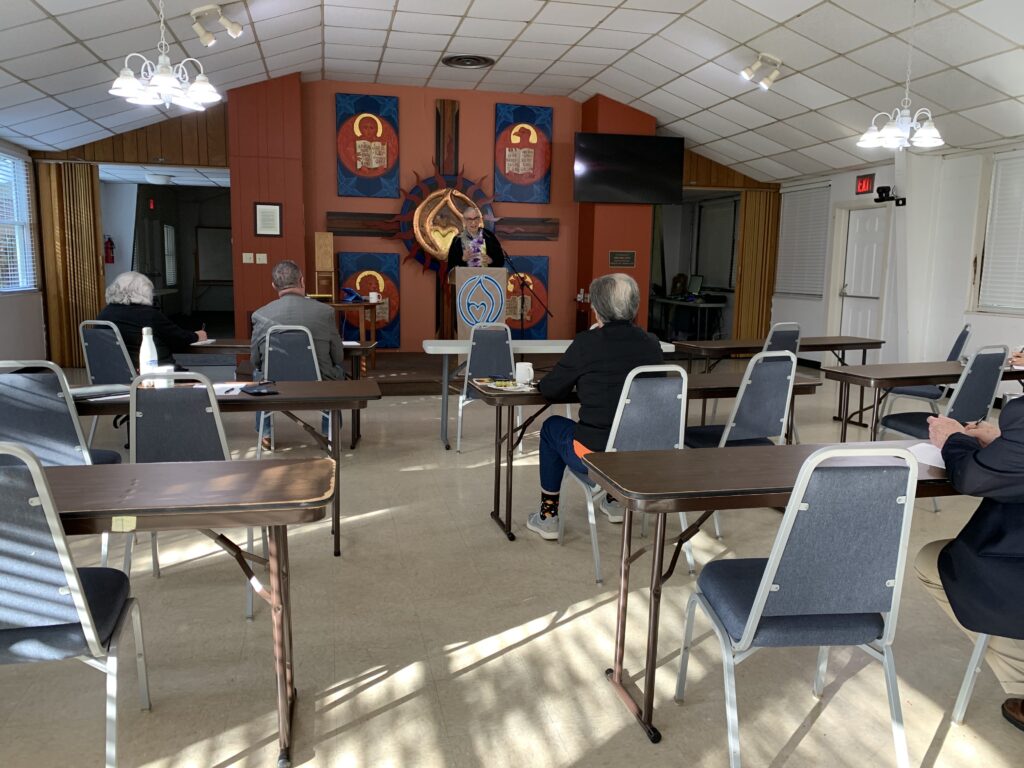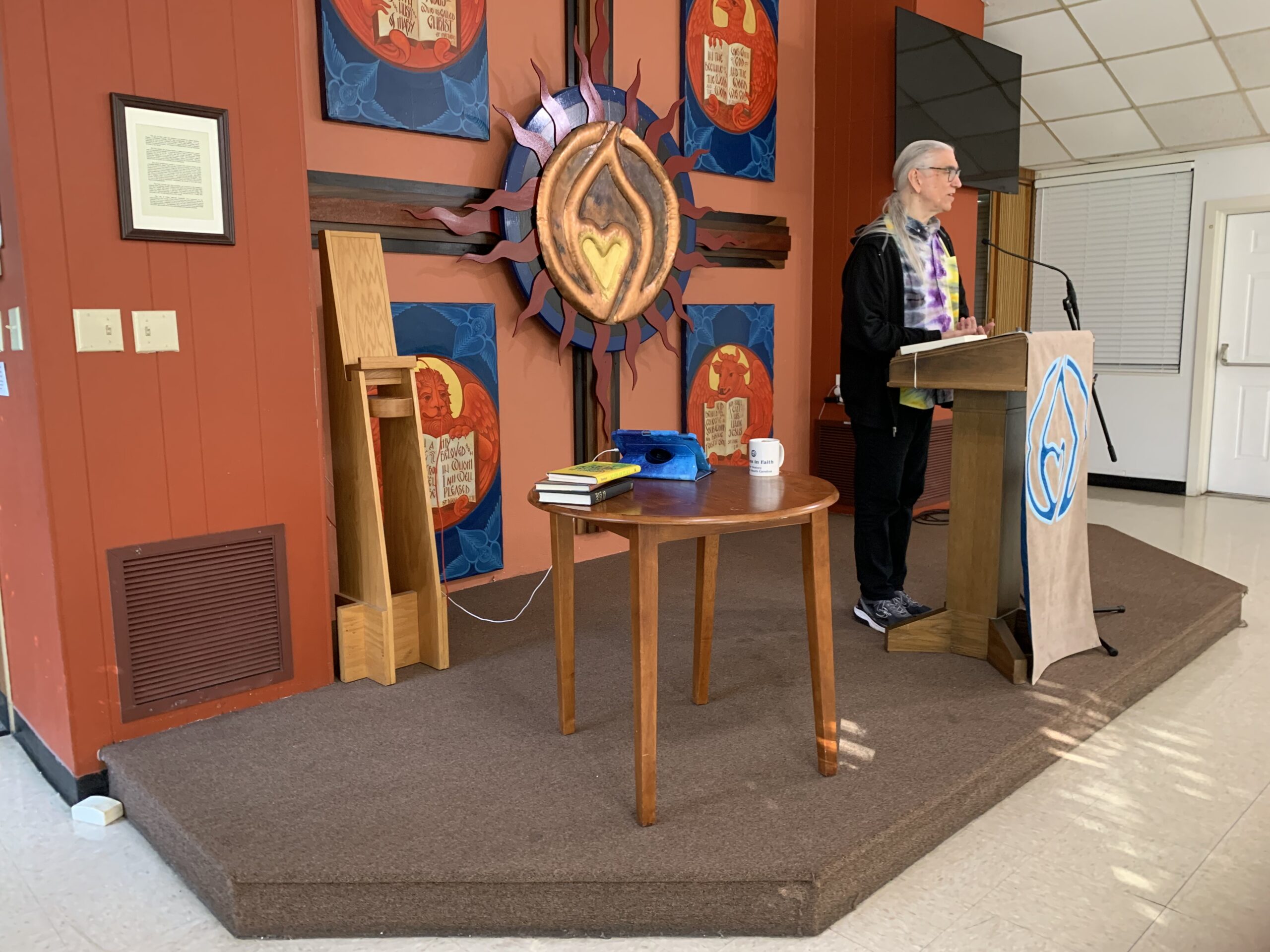The Oratory Center for Spirituality continued its Fall programs with a weekend presentation entitled Practical Mysticism. Our facilitator, Carl McColman, is an internationally known author, retreat leader and blogger, and has been a regular program leader here at The Oratory since 2013. The audience attended both in person and as far away as New Jersey via our online option. Friday evening started with the premise that “mysticism is a story”, and Carl shared much of his own faith journey experience. The history of the word itself was explored – its usage and etymology. We learned it comes from the same root as “mystery” and “mute” and has a Biblical basis, especially in the writings of Paul.After that he presented an overview of some of the key teachings of the great mystics and contemplatives of history. Starting with Pseudo-Dionysius, who lived around 500 A.D., and moving through the great mystics of the Middle Ages, such as Julian of Norwich and Teresa of Avila, he came to the contemporary mystics, such as Thomas Merton, David Steindl-Rast, and Howard Thurman.
The Oratory Center for Spirituality continued its Fall programs with a weekend presentation entitled Practical Mysticism. Our facilitator, Carl McColman, is an internationally known author, retreat leader and blogger, and has been a regular program leader here at The Oratory since 2013. The audience attended both in person and as far away as New Jersey via our online option.
Friday evening started with the premise that “mysticism is a story”, and Carl shared much of his own faith journey experience. The history of the word itself was explored – its usage and etymology. We learned it comes from the same root as “mystery” and “mute” and has a Biblical basis, especially in the writings of Paul.
After that he presented an overview of some of the key teachings of the great mystics and contemplatives of history. Starting with Pseudo-Dionysius, who lived around 500 A.D., and moving through the great mystics of the Middle Ages, such as Julian of Norwich and Teresa of Avila, he came to the contemporary mystics, such as Thomas Merton, David Steindl-Rast, and Howard Thurman.
Saturday was a more practical/experiential retreat day, with the opportunity to explore three different types of prayer, remembering that prayer is our way of connecting with God, just as the mystics did. The first prayer form introduced was Journaling. Though we can only try to put our spiritual experiences into words, writing is an opportunity to open ourselves to the experience. With several Journal Prompts to guide us, we spent half an hour of quiet time doing some writing.
The other two prayer forms explored were Centering Prayer and Ignatian or Imaginative Prayer. Centering Prayer is a type of prayer through silence, a kind of contemplation (defined in the Catholic Catechism as “wordless adoration of God”) and emphasizes the quieting of the mind, a removal of distractions. Silence as a spiritual practice goes back as far as the Psalms. On the other hand, Ignatian or Imaginative Prayer (the basis for the Jesuit Spiritual Exercises), does, as the name suggests, encourage the use of mind and imagination for a prayerful spiritual encounter.
The day ended with a list of 20 different ways to pray – starting points for a spiritual journey – and an overview of a 20thcentury mystic, Caryll Houselander. As she and so many of the mystics throughout history have said, we can look for and find God in everything, everywhere – a true mystical experience.
